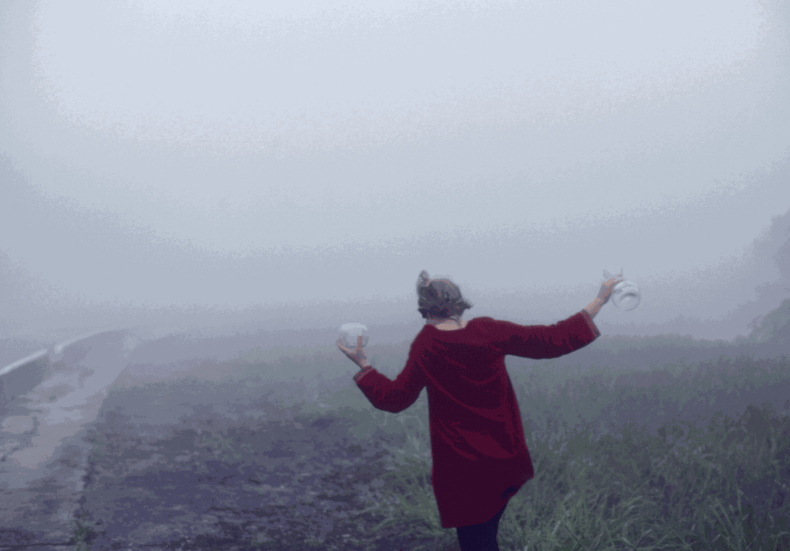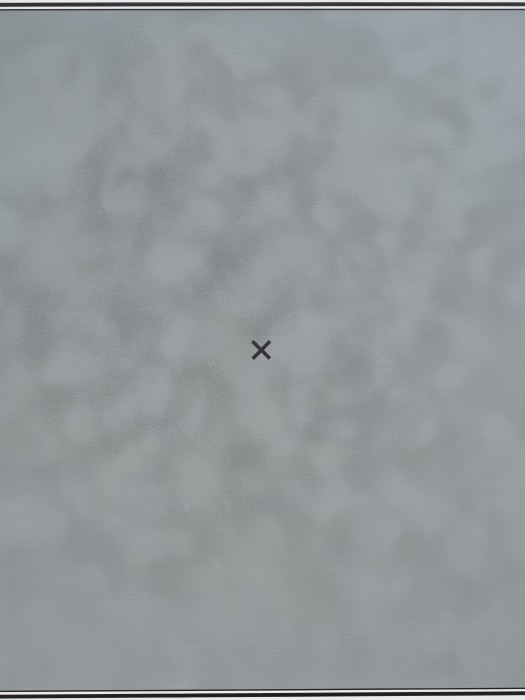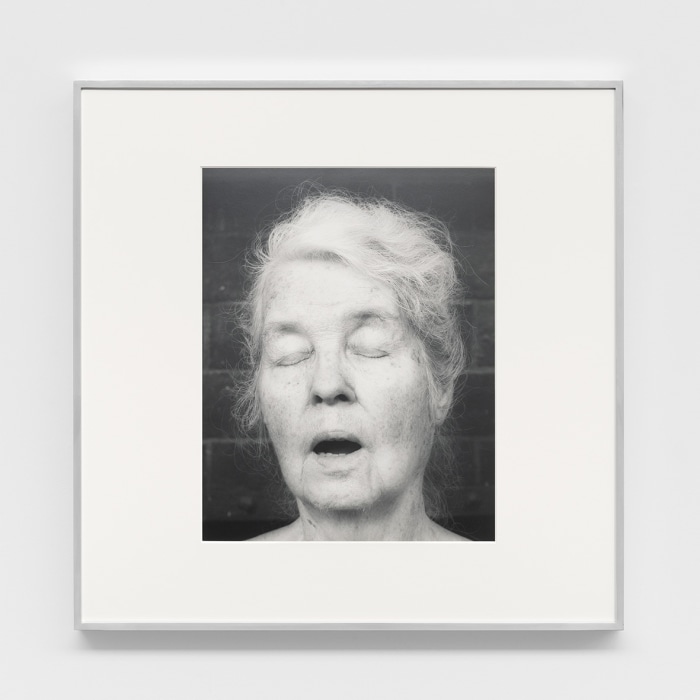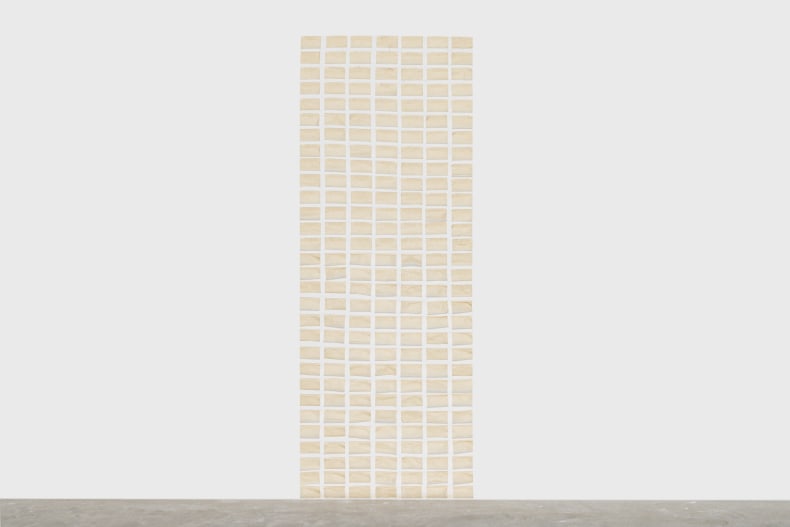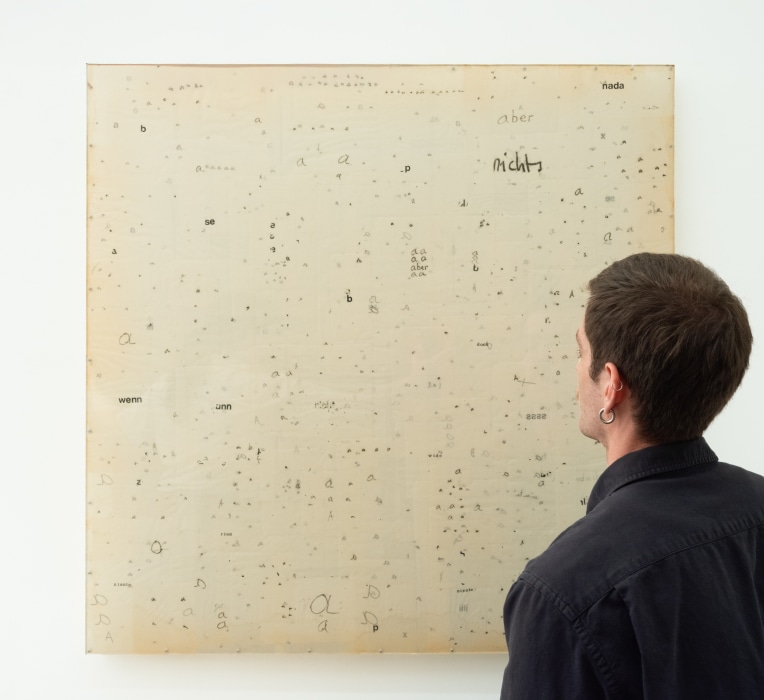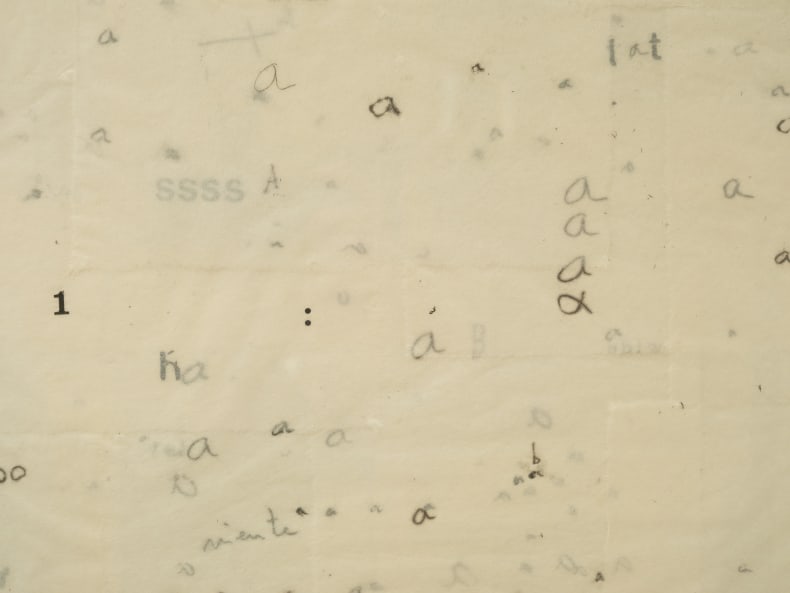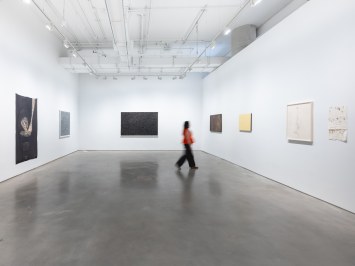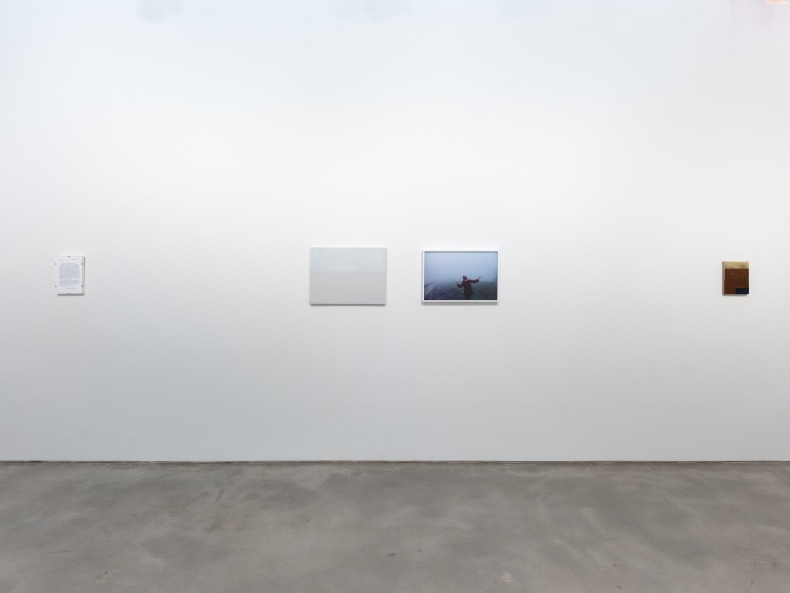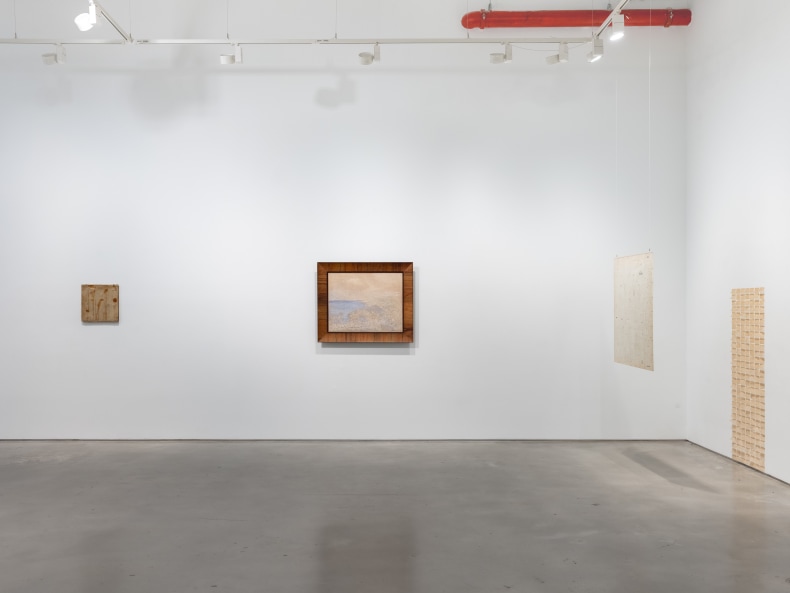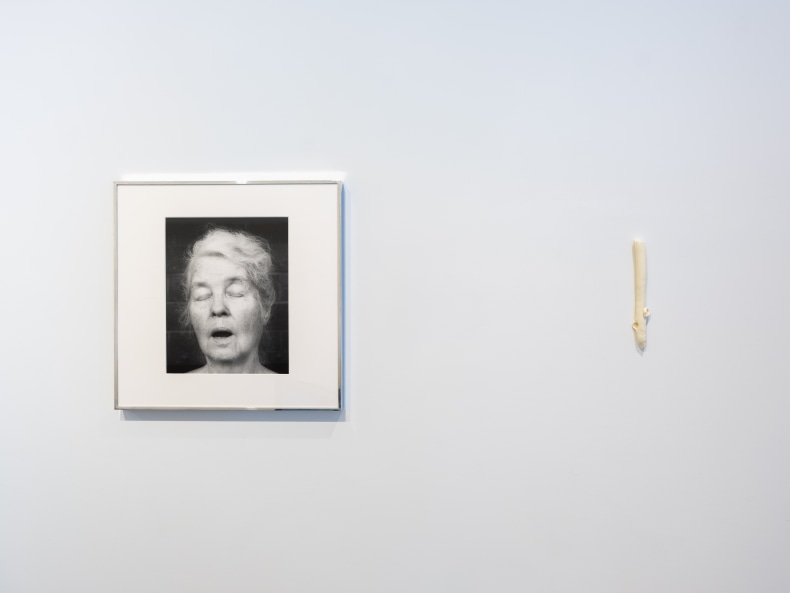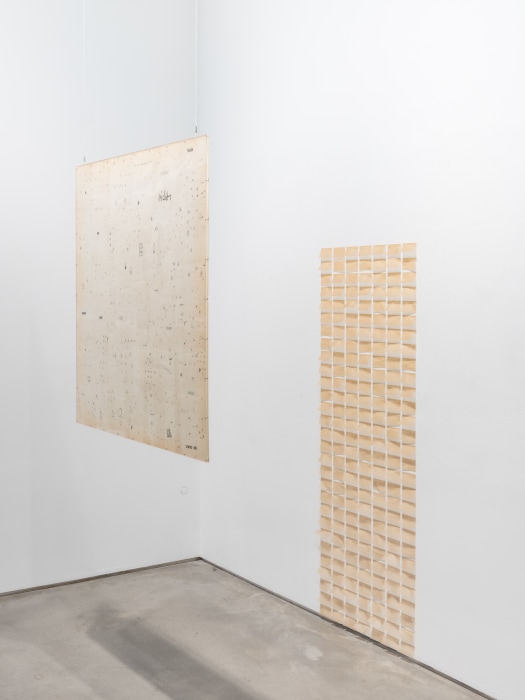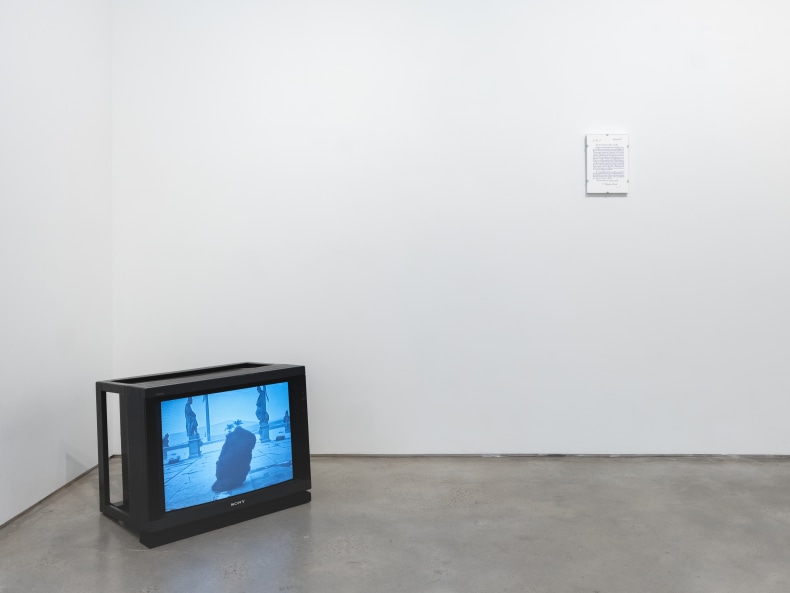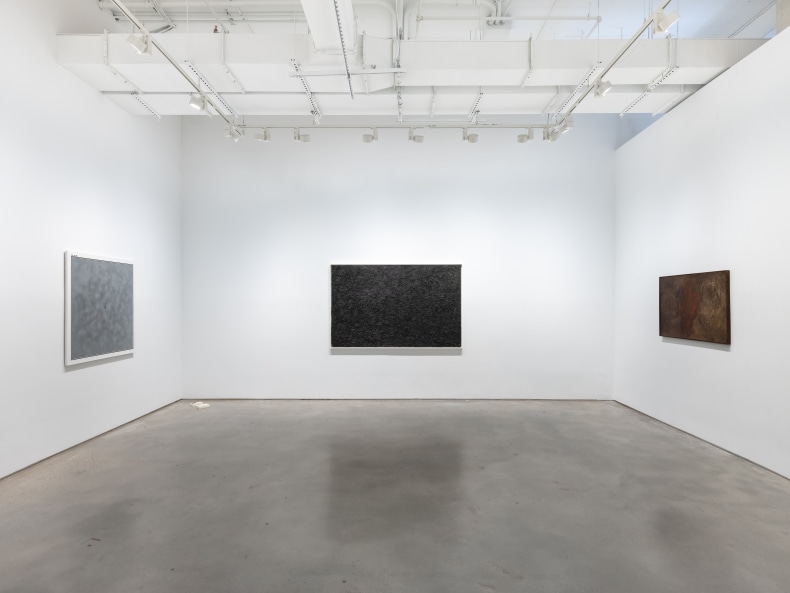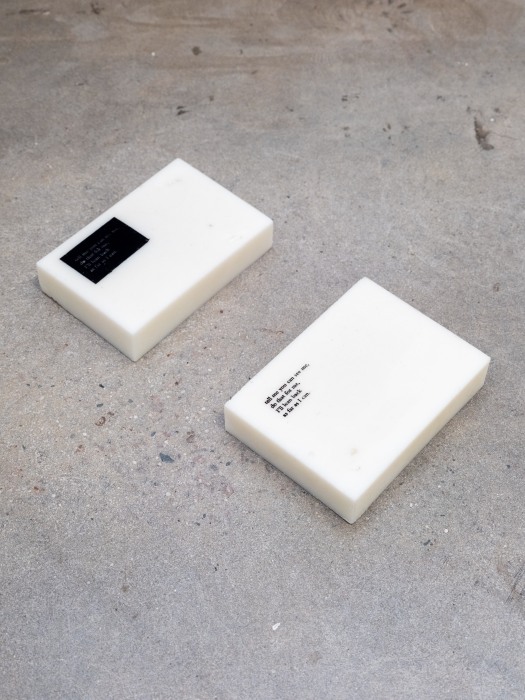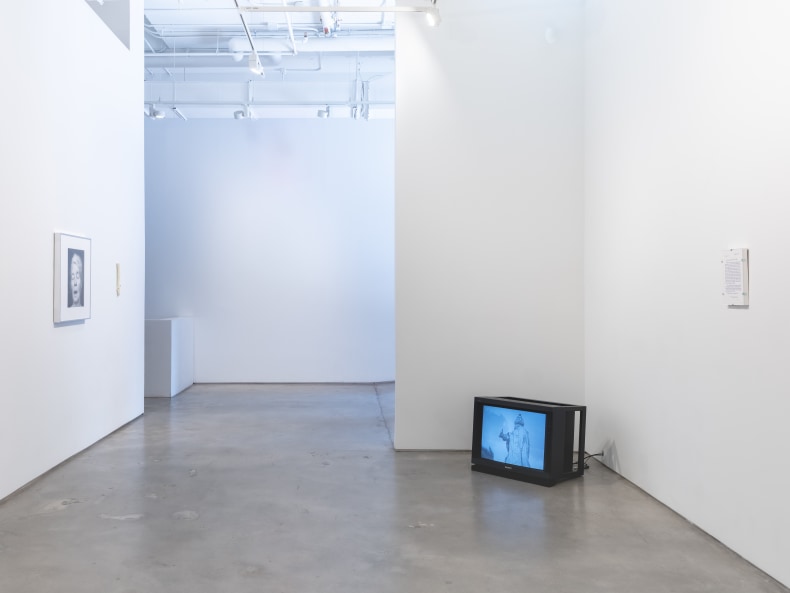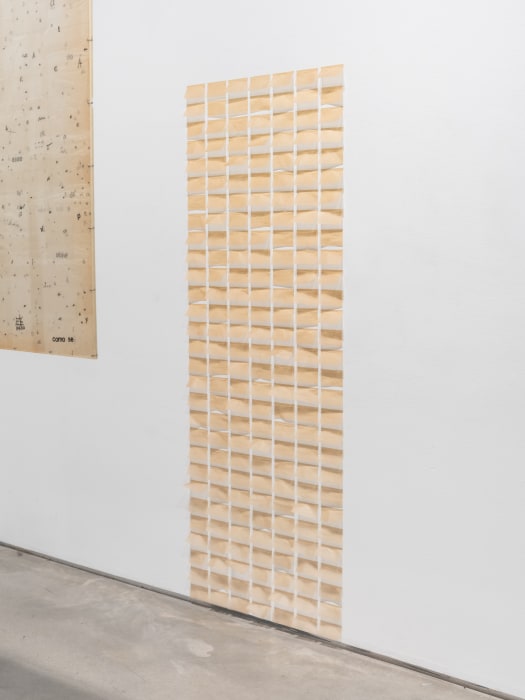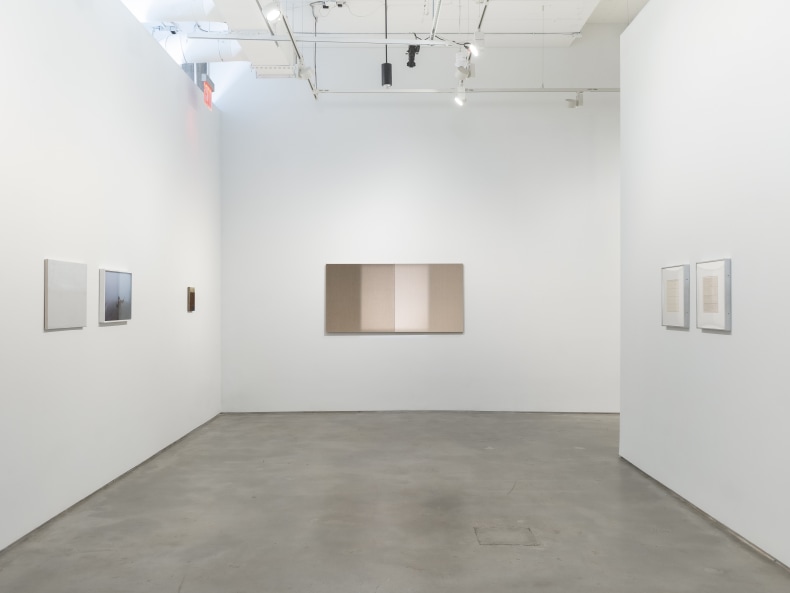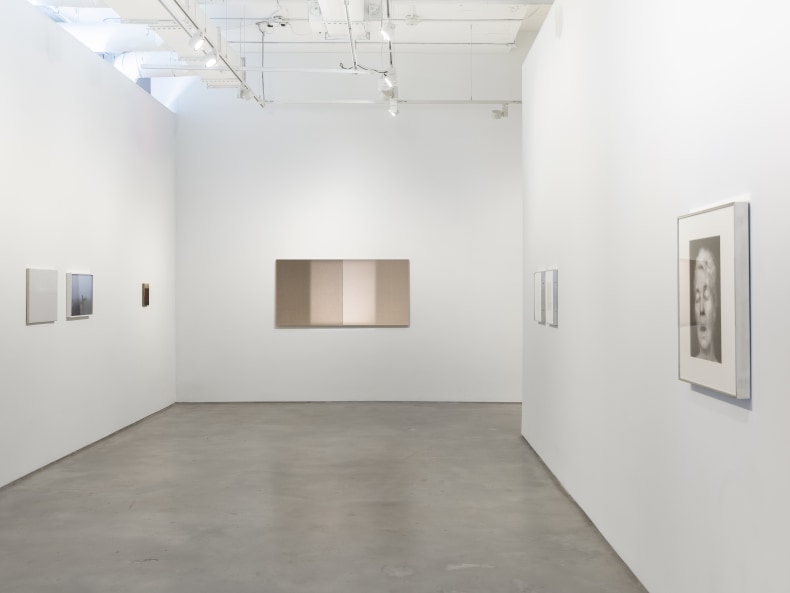Nara Roesler New York is pleased to present On Blindness, a group exhibition curated by Mateus Nunes, that explores the phenomenon of blindness as a poetic catalyst. The exhibition’s concept arises from the intersection between literature and the biography of Jorge Luis Borges (1899–1986), the Argentine writer who lived the last three decades of his life in blindness. Featuring a wide range of artists from different generations and backgrounds working across various media—including painting, sculpture, drawing, photography, and video—the works explore the possibilities of artistic and poetic experience beyond vision: through obscure, excessive, metaphysical, tactile, and minimal sight.
On Blindness brings together historical works by artists Agnes Martin, Armando Reverón, Robert Mapplethorpe, Antonio Dias, Mira Schendel, Milton Resnick, Tomie Ohtake, Brígida Baltar, and Leonilson; key works by established artists including Carlito Carvalhosa, Fernanda Gomes, Paulo Monteiro, Jac Leirner, Danh Vō, Solange Pessoa, and Bernardo Ortiz; and emerging voices such as Paula Siebra, Juliana Frontin, Ben K. Voss, João Trevisan, and Thiago Hattnher.
While drawing from the experience of biological blindness—particularly through Borges’s life and literary work—the exhibition centers on the idea of poetic blindness, which can be seen, for example, in the “white phase” of Venezuelan artist Armando Reverón (1889–1954). During this period, Reverón synthesized the representation of light into near-monochromatic compositions dominated by white. “He created these white landscapes that, while referencing the intense sunlight close to the Equator, also engage with the medium of painting itself—the raw canvas as image—in a play between painted and unpainted areas,” comments the curator.
Light and the use of the blank support as the body of the work are also central to Untitled (2022) by Fernanda Gomes (b. 1960), which features two square canvases in slightly different shades of raw linen, placed side by side. A projected square of light intersects them, generating a third square beneath. In contrast, Milton Resnick’s Last Elephant (1979), a large-scale painting by the American Abstract Expressionist, is rendered in dense, dark materiality. The varying tones of black generate an optical hum across the surface.
According to Nunes, blindness can be understood as a conceptual tool within the context of Latin American modernity, helping to dissolve Eurocentric categories in art. The act of not seeing—or of seeing indistinctly—relates deeply to the exercise of imagination, a key element in the development of Latin American magical realism. This literary movement, which emerged in the 20th century, blends fantastical elements with realistic contexts, and Borges, who became blind, is one of its foremost figures. Within the realm of blindness, imagination operates ambiguously: while the blind person imagines what the sighted person sees, the reverse also occurs. Imagination, then, centers on the formation of images beyond the visual.
Poetic blindness is also present in one of the show's highlights: a photograph by Robert Mapplethorpe (1946–1989) of painter Alice Neel (1900–1984), who has her eyes closed. “This work opens the exhibition, as it shows a painter who saw so much and produced so many images, now with her eyes closed, in a moment of spontaneous, temporary blindness. I’m interested in this maze of ambiguities. The image depicts someone who creates images, and it’s also made by an image-maker,” the curator notes.
The idea of imagining—or proposing—alternative forms of visibility is one of the exhibition’s core themes. Japanese-Brazilian artist Tomie Ohtake (1913–2015) explored non-pathological, temporary blindness in her well-known “blind paintings.” Created between 1959 and 1962, these works were painted with her eyes covered, as she attempted to attune her gaze to a blind spot in order to immerse herself in the act of painting.
Brazilian artist Paulo Monteiro (b. 1961) contributes bronze sculptures painted in white oil paint, which embody what the curator calls “tactile visibility.” The pieces bear the impressions of the artist’s fingers and hands on the clay that served as the mold for the bronze forms. Meanwhile, works by Canadian painter Agnes Martin (1912–2004) challenge the automatic association of horizontal lines with landscape, guiding the viewer toward introspective visual experiences. Swiss-Brazilian artist Mira Schendel’s Graphic Objects series (1919–1988) and the black-and-white paintings of Brazilian artist Antonio Dias (1944–2018) establish a dialogue between blindness and language, demonstrating how the two exist within the same uncertain threshold.
Mateus Nunes is a Brazilian curator, art critic, and researcher. He holds a Ph.D. in Art History from the University of Lisbon. He has completed postdoctoral studies in Art and Architectural History at the University of São Paulo and in Amazonian Studies at Universidad San Francisco de Quito. His writing regularly appears in publications such as Artforum, ArtReview, Flash Art, Frieze, Mousse, and in academic journals. He is currently assistant curator at the São Paulo Museum of Art (MASP).
